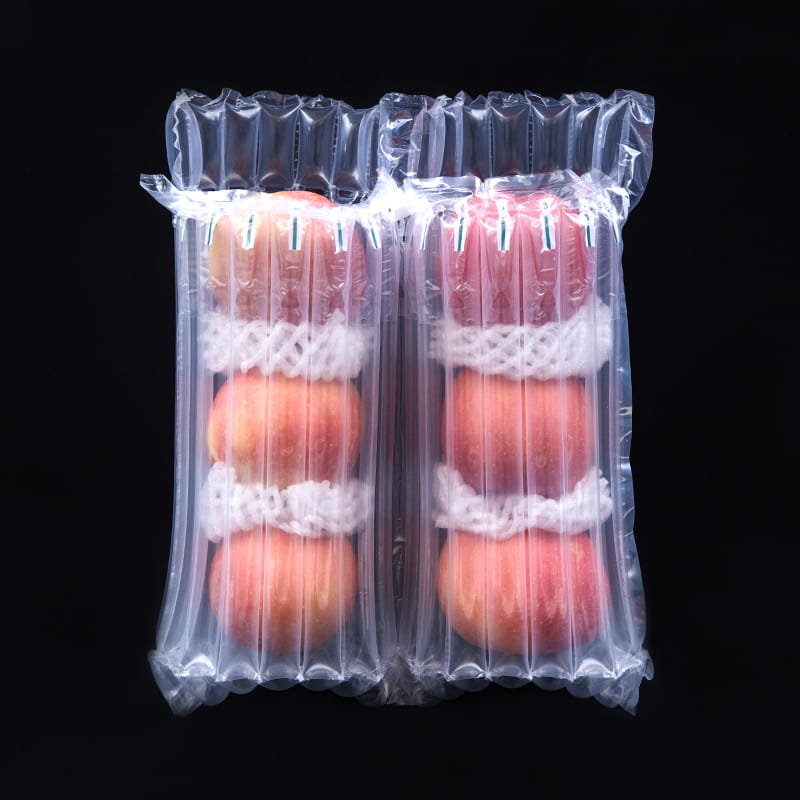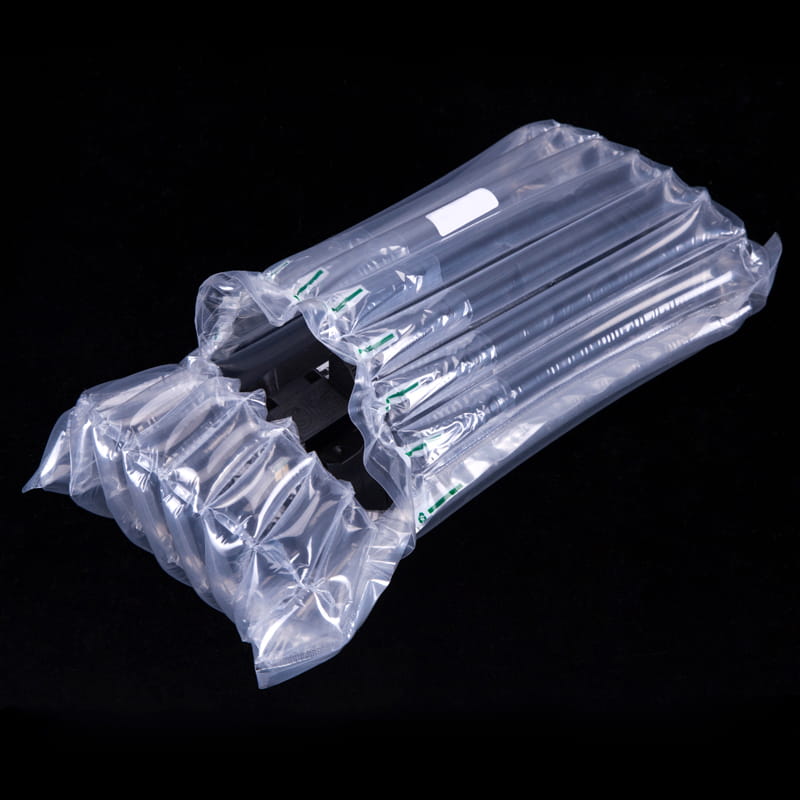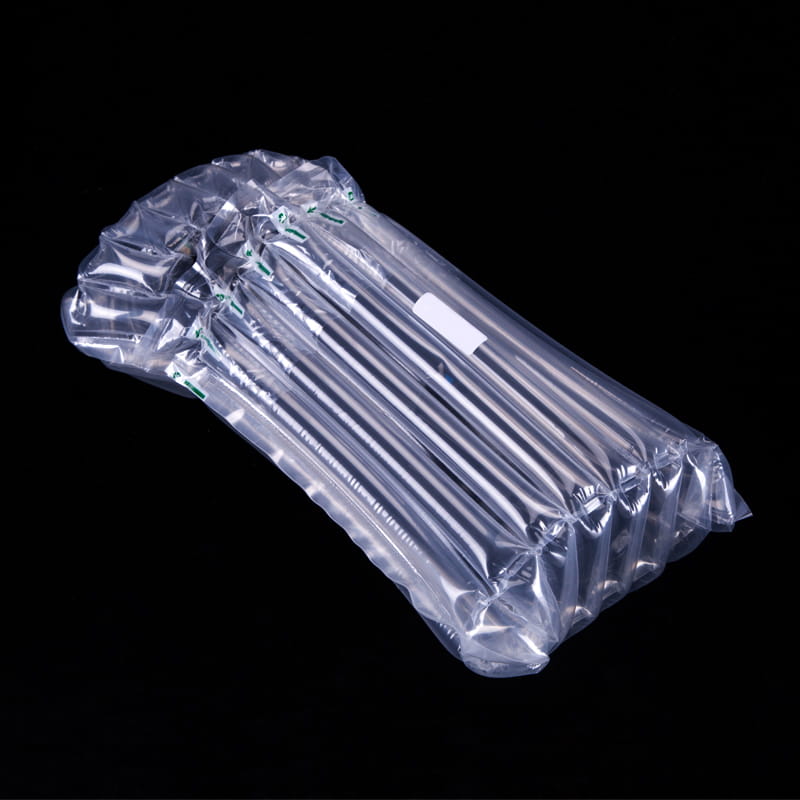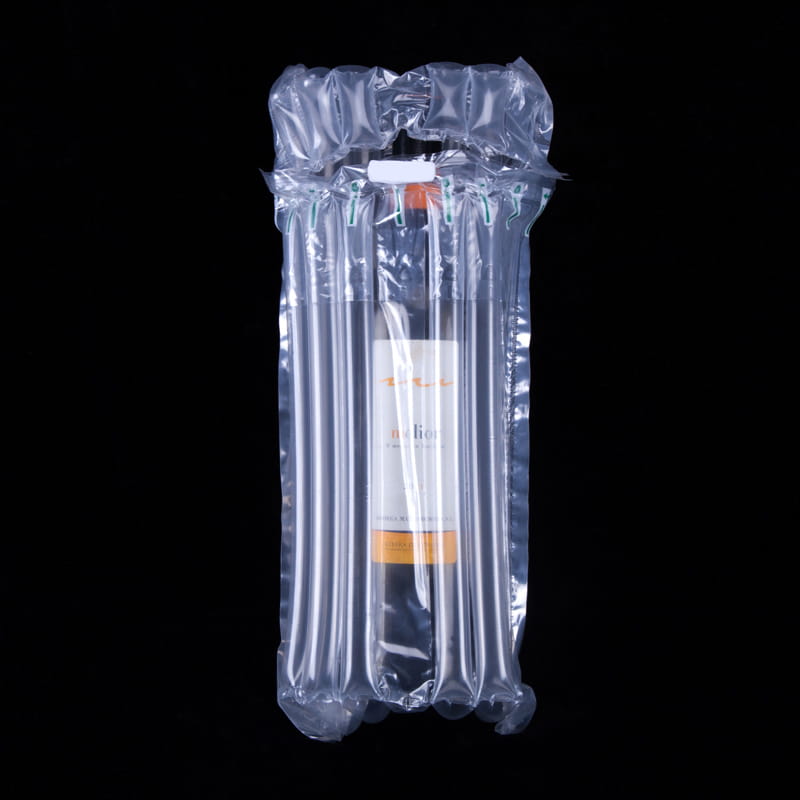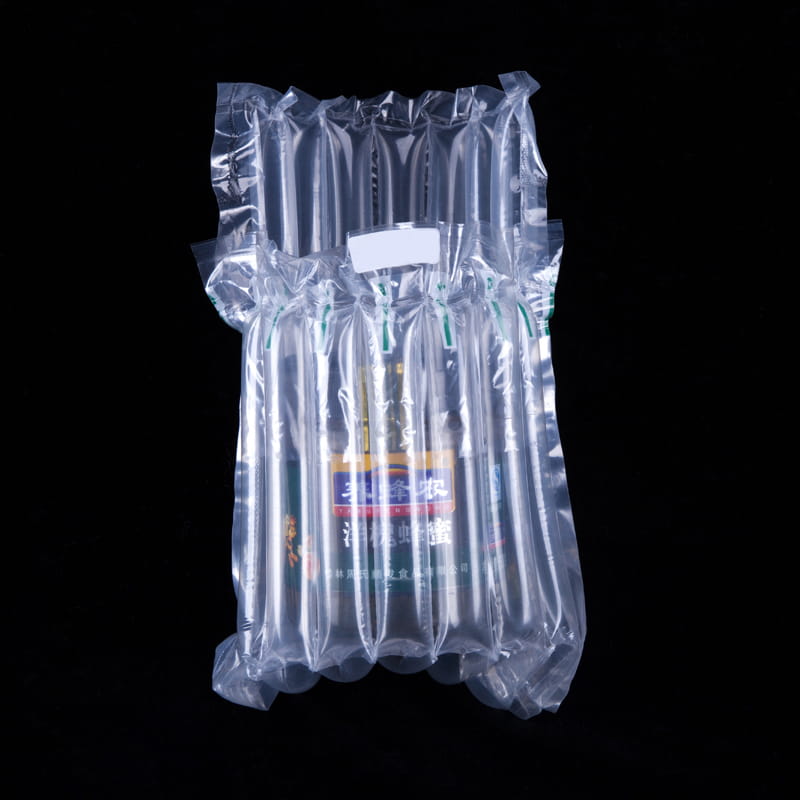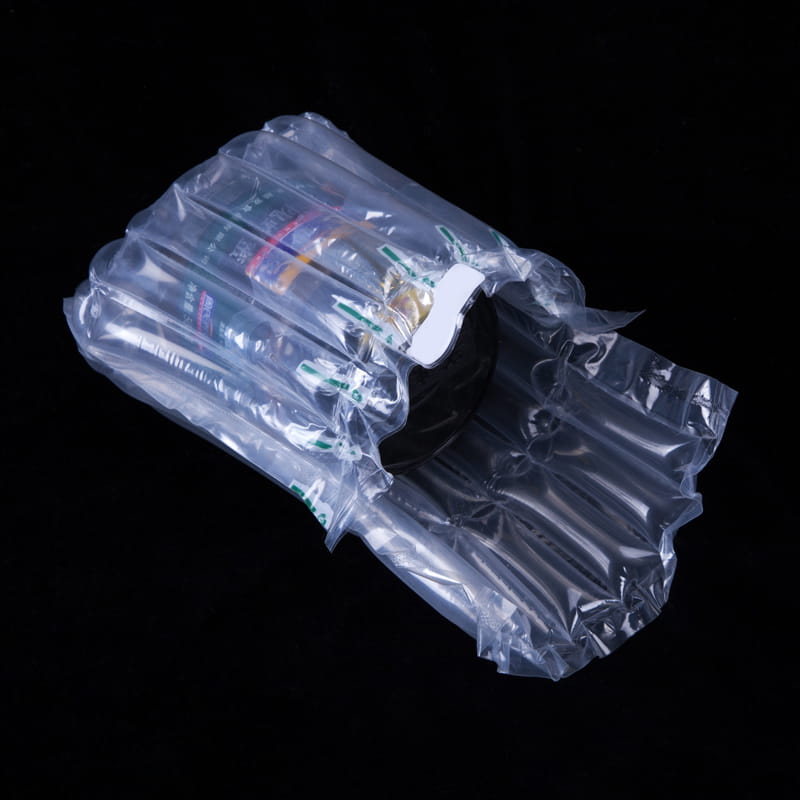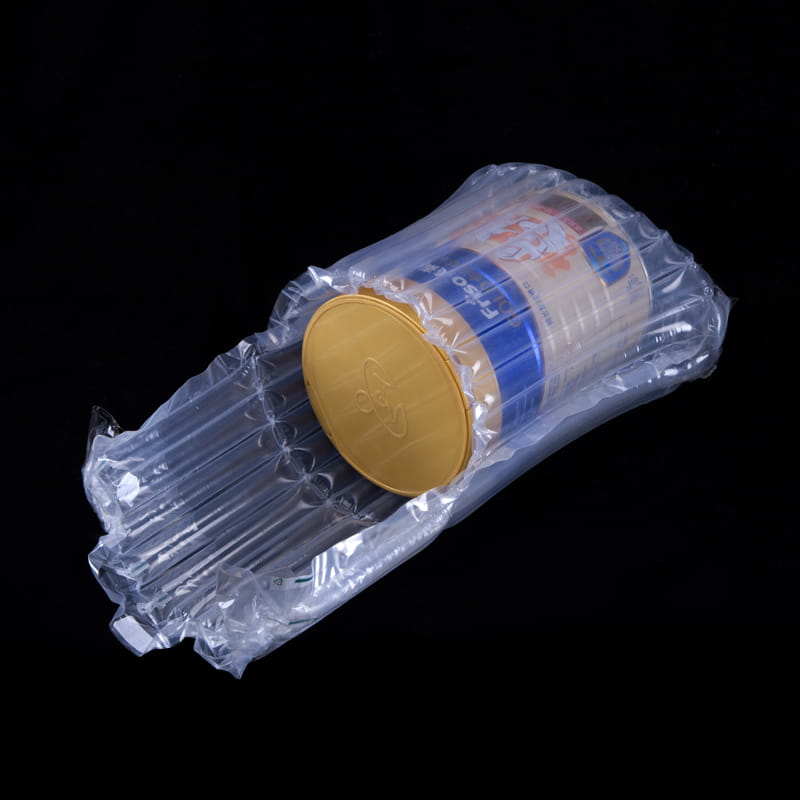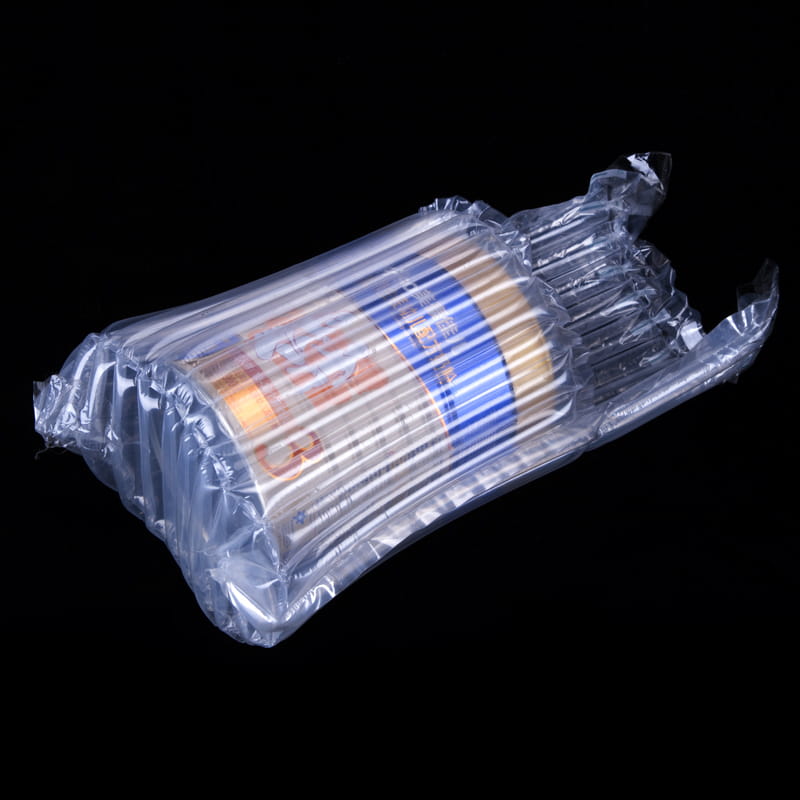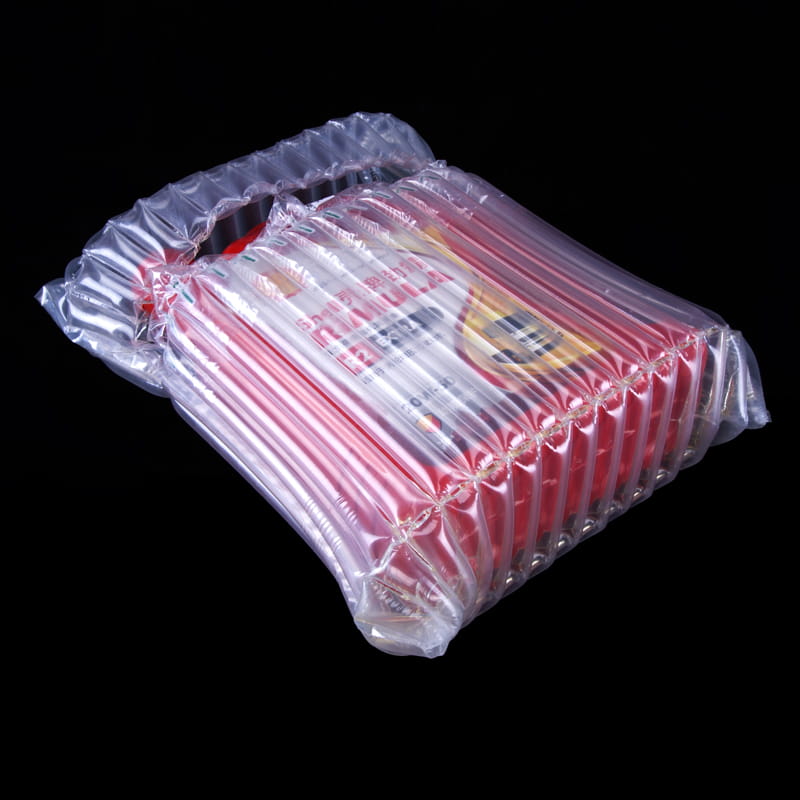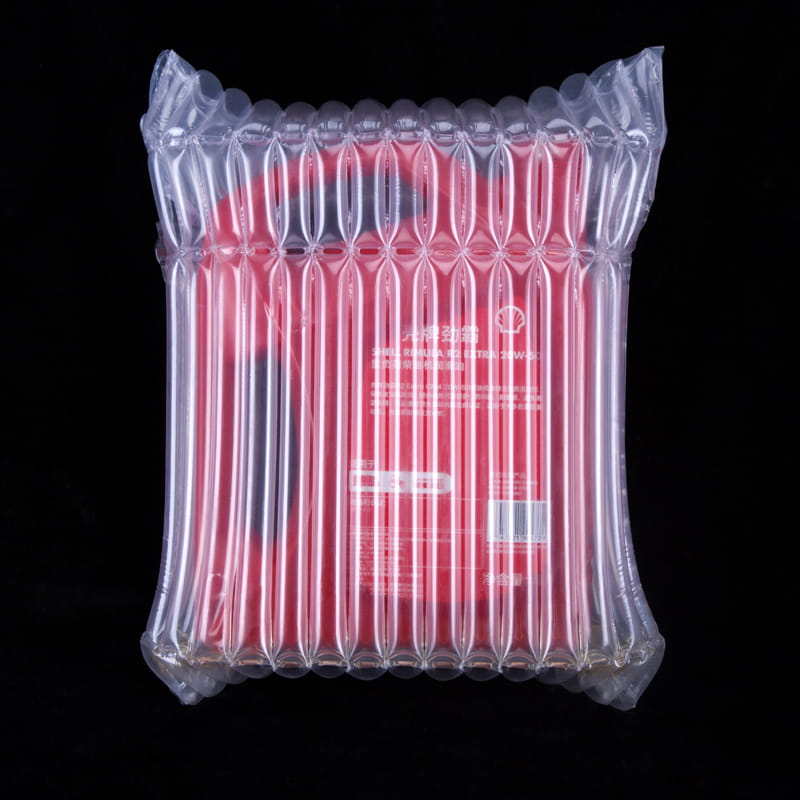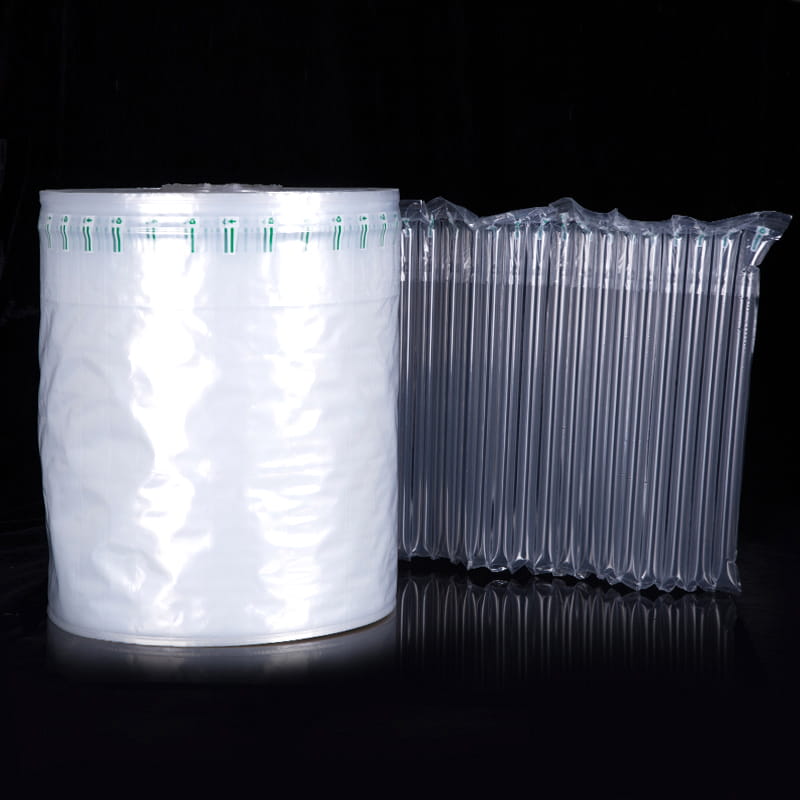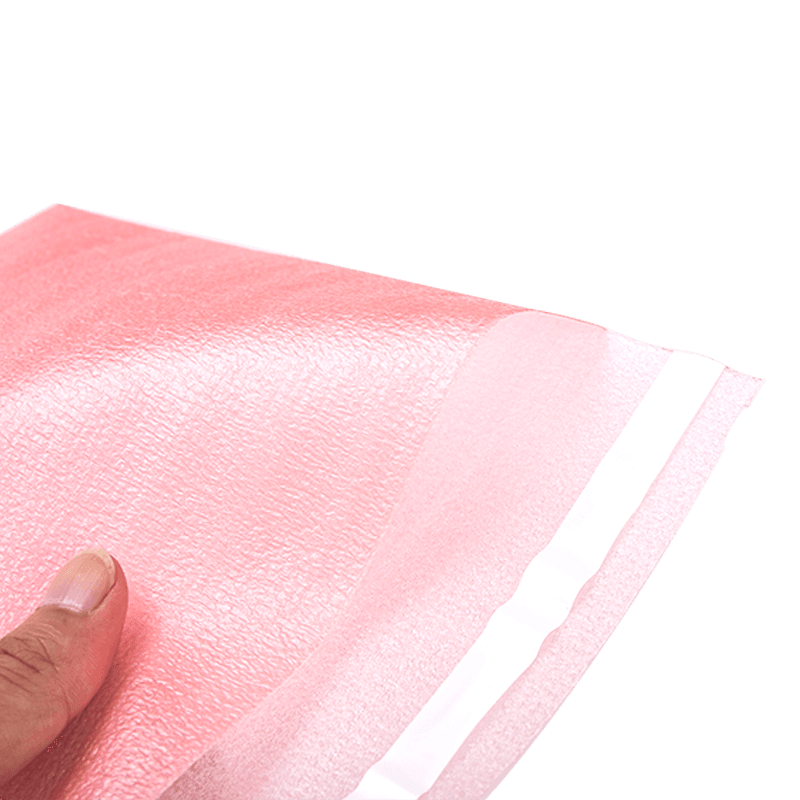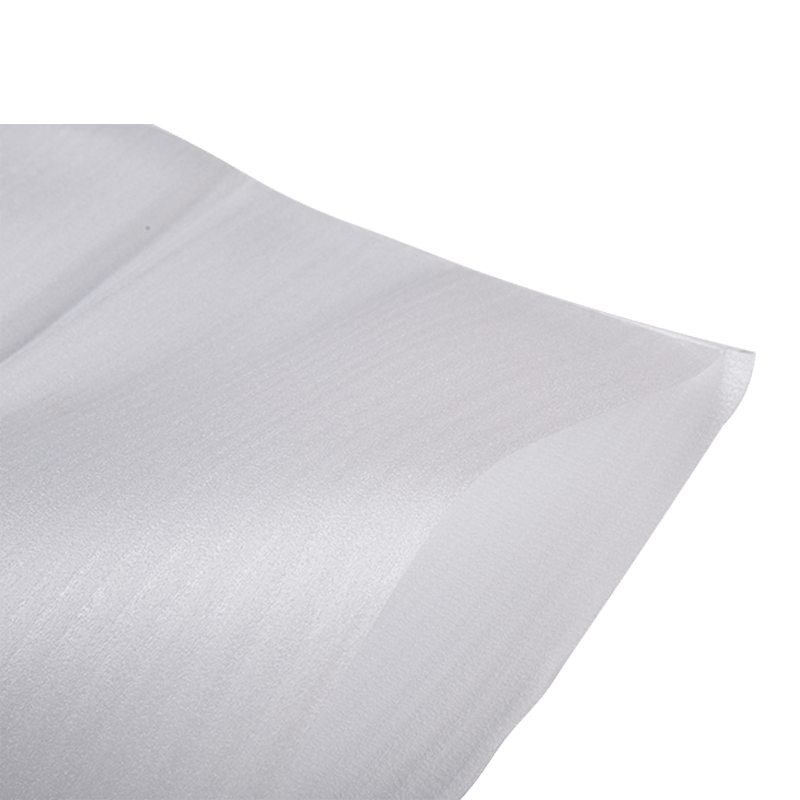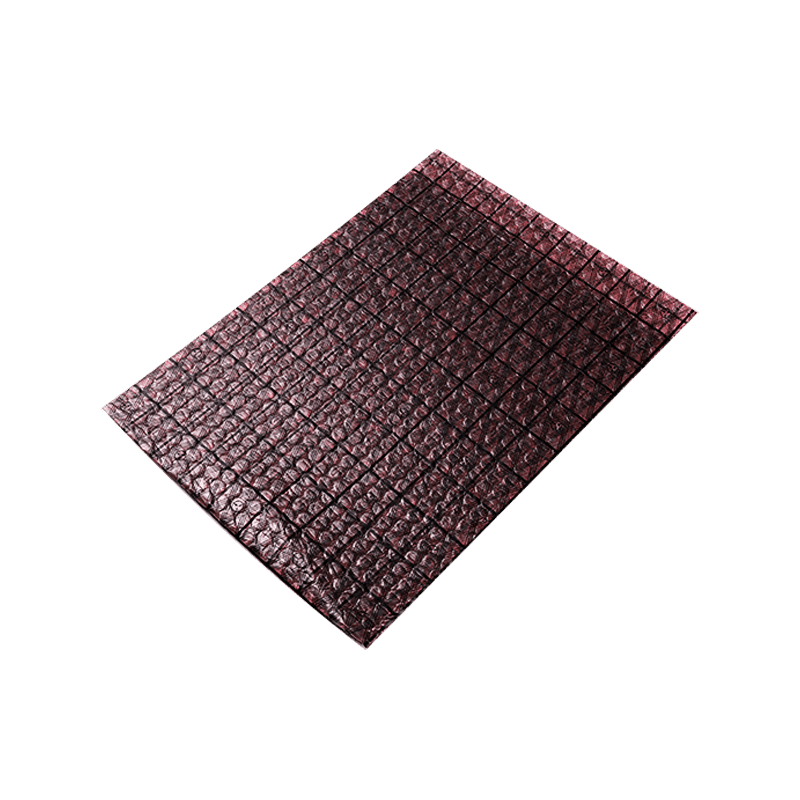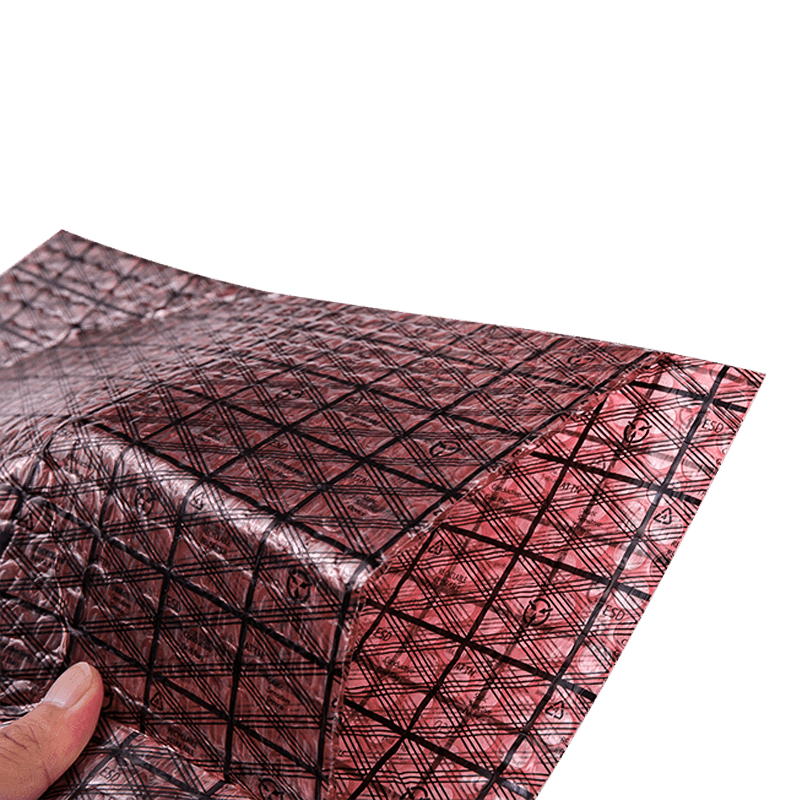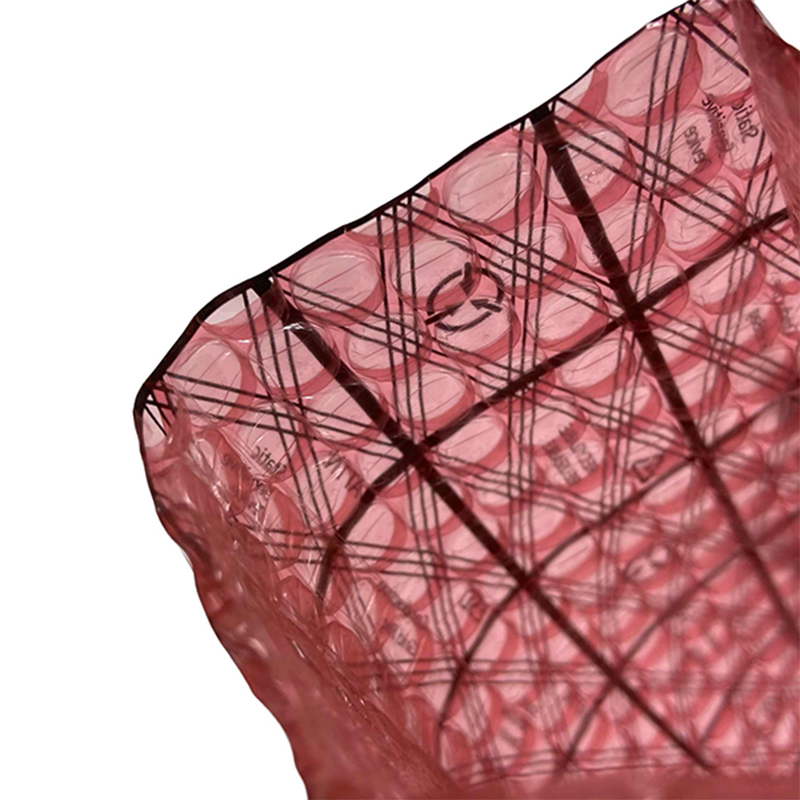In the age of environmental consciousness, biodegradable plastics have emerged as a promising solution to combat the plastic pollution crisis. But what exactly does it take for these eco-friendly alternatives to break down effectively?
The Role of Temperature:
One of the critical factors influencing the decomposition of biodegradable plastics is temperature. Most biodegradable plastics, such as those made from polylactic acid (PLA), thrive in warmer conditions. Ideal temperatures range from 50°F to 140°F (10°C to 60°C). In a composting environment, higher temperatures can accelerate the breakdown process by promoting microbial activity.
When temperatures dip below this range, the decomposition rate can significantly slow down, leaving the plastic bags to linger in landfills. For optimal results, many facilities utilize composting processes that maintain these elevated temperatures, ensuring that biodegradable plastics can decompose as intended.
Moisture Levels Matter:
Just like a plant needs water to grow, biodegradable plastics require moisture to break down effectively. These materials generally decompose best in environments with around 50-70% humidity. Too little moisture can lead to a slower breakdown, whereas excessive moisture can create anaerobic conditions, stalling the decomposition process and potentially leading to the production of harmful methane gas.
Proper moisture management is crucial in composting facilities, where maintaining the right balance can make all the difference in how quickly biodegradable plastics can decompose.
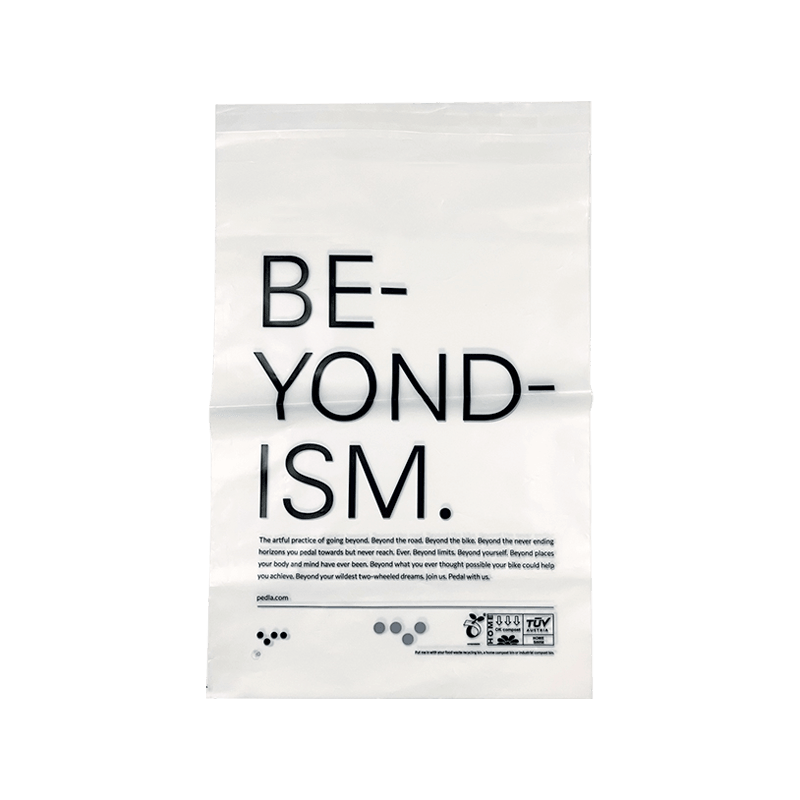
Microbial Activity:
The presence of microorganisms is vital for breaking down biodegradable plastics. Bacteria, fungi, and other decomposers play a significant role in this process. These microbes thrive in environments rich in organic matter and nutrients, breaking down the biodegradable materials into simpler compounds that can eventually return to the soil.
To foster a thriving microbial community, composting facilities often blend biodegradable plastics with organic waste, providing the necessary nutrients and a conducive environment for these microorganisms to flourish. Without adequate microbial activity, even the most biodegradable plastic may take far longer to decompose than anticipated.
Biodegradable plastic packaging bags hold great potential for reducing plastic waste, but their effectiveness hinges on specific environmental conditions. Temperature, moisture, and microbial activity all play crucial roles in ensuring these materials decompose as intended. By understanding and optimizing these factors, we can enhance the performance of biodegradable plastics and contribute to a more sustainable future.
As consumers and businesses alike become more aware of their environmental impact, embracing biodegradable options coupled with proper disposal and composting practices is a step toward a greener planet. Let’s work together to ensure that our eco-friendly choices truly make a difference!







